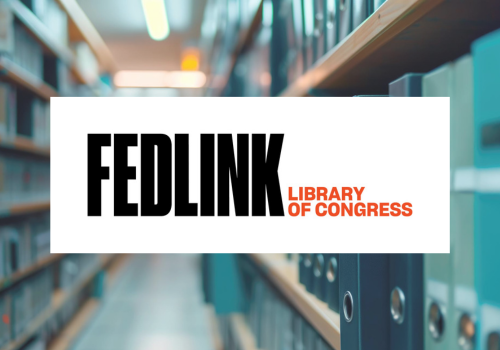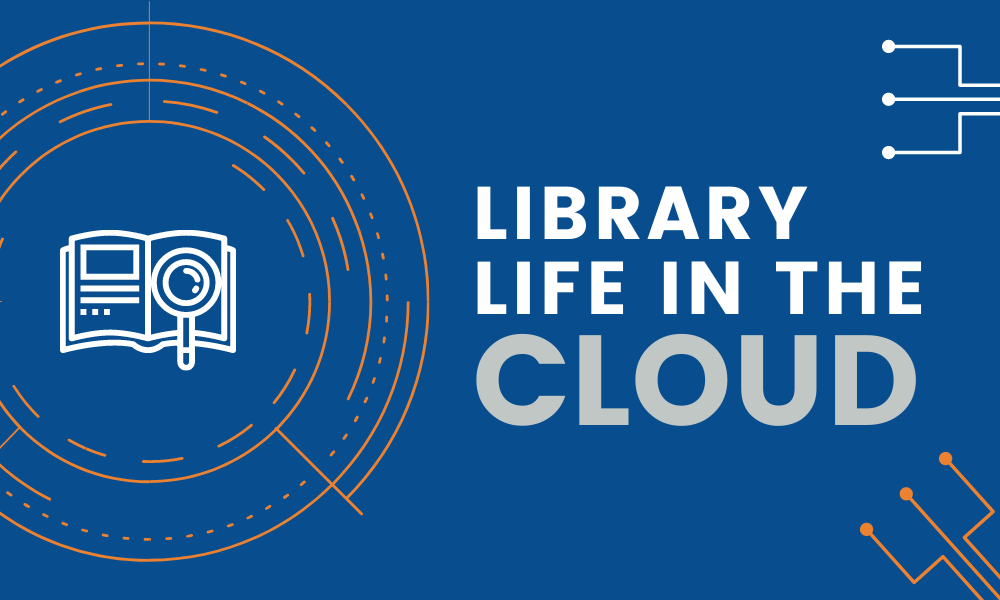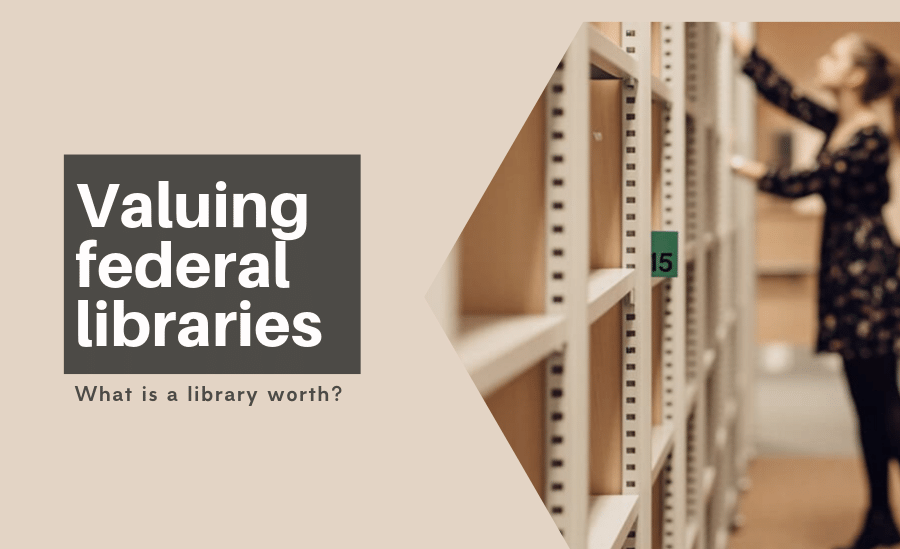Some records management problems are bigger than others
The Environmental Protection Agency (EPA), for example, deals with a super records management challenge for the Superfund program, administered by the Agency to clean up the country’s most contaminated land and respond to environmental emergencies.
This records management burden involves:
- Regular coordination between multiple stakeholders: law firms, corporations, various local/state/federal government groups and others.
- Millions of physical records created annually.
- Physical transportation between widespread locations.
These activities strain the Agency’s budget for staffing, facilities, equipment, supplies and other resources. The answer, of course, lies in digitization, but the bigger solution encompasses more than electronic formats. It recognizes that digital records management is really part of a bigger, enterprise content management process that involves not only storage, but ready access like easy web portals.
Time to implement electronic records management
Like many organizations that remain trapped in the world of paper records, reducing the production of physical documents would allow the EPA to streamline processes, automate workflow and optimize its resources.
Why incorporate records management into enterprise content management (ECM) system:
- Electronic records can be uploaded from remote locations, reducing or eliminating physical transportation, warehousing and other burdens.
- Records would be easily accessible by all stakeholders, no matter where they are, and would enable prompt compliance checks.
- Institutional knowledge would get locked into the Agency’s “memory” in a useful, readily available format.
- Costs associated with records management would be greatly reduced.
Many other government agencies and corporations are facing similar issues, as many organizations are still caught in-between paper and digital, having to accommodate both, which may continue to be the circumstances for a long time. Yet this example is just one that illustrates why it’s time for all federal agencies to find a way to streamline and modernize their records management process.
Inadequacies of old records management solutions
Standalone records management no longer desirable or adequate
Modern solutions involve an integrated content lifecycle management approach, offering both content and records management capabilities.
Technology advances and changing expectations are making this a priority:
- New ways of working and collaborating are increasing the amounts of unstructured digital data and the need to find information electronically, forcing government agencies to take a fresh look at data capture and retention and a broader view of their records management responsibilities.
- Information management has become the new imperative, as information governance and records management grow more intertwined. More records are being created and stored outside the governing organization’s direct control, on personal devices, various cloud storage services and social media. This environment has greatly increased the risks of records loss, privacy violations and security breaches
- E-discovery rules and requirements have added new and different compliance burdens for records management.
The primary reason to integrate enterprise content management and records management is that more data is being captured electronically, while greater volumes of paper documents have been scanned and digitized. This combination of “born digital” and “reborn digital” is blurring the line between content and record.
Benefits of integrated content lifecycle approach to RM
- Classification and indexing get done when the document is created. This removes the step of “declaring” something a record at a later date and eliminates the obstacle of getting record properly classified by the originator. Auto-categorization tools can analyze text and extract information to identify what should be managed as records, and the system can be “trained” to recognize and declare content a record based on a variety of factors. For example, you could specify that only the HR department can declare HR records.
- Metadata facilitates fast, easy retrieval of relevant records. Metadata can be automated or applied by user decision.
- Objective standards can be established based on originator, department, topic and other criteria for efficiency and consistency.
- Unnecessary record volume is managed with greater confidence and ease as an integrated approach automatically transitions a document from content to record status, or determines if the information is transitory and doesn’t require records treatment.
An integrated content lifecycle approach to records management can’t be used in all instances, but it can make a notable difference in streamlining processes and reducing unnecessary record volume.
Agencies should consider the following when crafting an integrated records management/content management approach:
- Current technical, fiscal, legal and administrative constraints.
- The effectiveness and outcomes of previous and current solutions—what has worked in the past, and how can that success be replicated?
- What hasn’t worked, and how can future glitches and failures be avoided?
Finally, while nobody has a crystal ball and circumstances are changing so frequently and rapidly, it is important to keep an eye toward the future and consider the impacts of change.
New dynamic view of records management
The EPA would realize many benefits in adopting a lifecycle solution that integrates at least some aspects of enterprise content management with records management. So would many other government agencies and departments facing similar issues in carrying out the activities needed to accomplish their mission and objectives.
The overall benefit is greater transparency, a marked improvement in the relevance and accessibility of recorded information and a reduction in records management expenses.
Big goals achieved in number of small benefits along the way:
- Easier access and retrieval of records, minimizing time-consuming searches and improving customer service.
- More efficient use of limited equipment and costly real estate.
- Reduce labor requirements for file creation, maintenance, and control.
- Reduced risk of records loss and security breaches.
- Enhanced compliance with e-discovery and other digital directives.
Staff would also enjoy having less time wasted on time-consuming tasks and greater productivity, while savings of time, energy and budgets can be redirected toward more valuable, strategic use.
It’s time to innovate, upgrade and replace the old “store-and-forget” records management approach with an integrated lifecycle system that makes record management part of an enterprise content management process.



